Home>Furniture & Design>Interior Design Trends>How To Score Glass
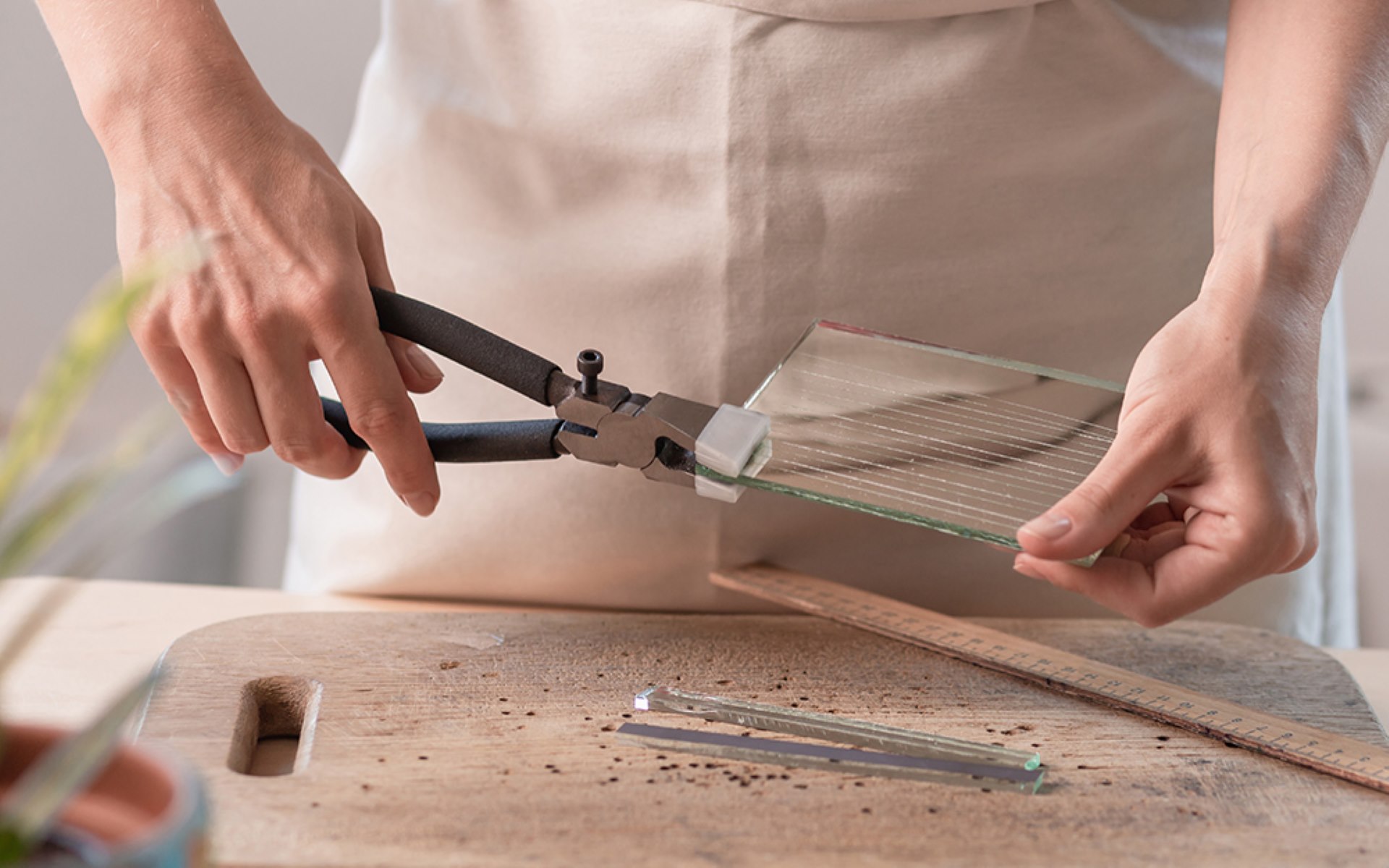

Interior Design Trends
How To Score Glass
Modified: February 18, 2024
Learn how to incorporate the latest interior design trends and score glass elements for a modern and stylish look. Discover tips and ideas for enhancing your space.
(Many of the links in this article redirect to a specific reviewed product. Your purchase of these products through affiliate links helps to generate commission for Storables.com, at no extra cost. Learn more)
Introduction
Scoring glass is a fundamental skill in various DIY and professional projects, allowing for precise and clean cuts in glass materials. Whether you're a seasoned artisan or a novice enthusiast, mastering the art of glass scoring can elevate your craftsmanship to new heights. This comprehensive guide will equip you with the knowledge and techniques needed to score glass effectively and safely.
Glass scoring involves creating a shallow, controlled line on the surface of the glass, which serves as a guide for subsequent breaking. This process is essential for a wide range of applications, from creating custom-sized windows and mirrors to crafting intricate glass art pieces. By understanding the principles and techniques of glass scoring, you can unlock a world of creative possibilities and achieve professional-quality results.
In this guide, we will delve into the intricacies of glass scoring, exploring the tools and materials required, as well as providing a step-by-step walkthrough of the scoring process. Additionally, we will share valuable tips for achieving successful glass scores and emphasize the importance of adhering to safety precautions throughout the entire process.
Whether you're embarking on a home improvement project or seeking to expand your skills as a glass artisan, mastering the art of glass scoring is a valuable asset. By the end of this guide, you will be equipped with the knowledge and confidence to score glass with precision and finesse, opening the door to a world of creative possibilities.
Key Takeaways:
- Mastering glass scoring allows for precise cuts in various projects, from custom windows to intricate art pieces. Understanding glass properties and using proper tools are key to success.
- Prioritize safety when scoring glass by wearing protective gear, maintaining a stable work surface, and handling tools with care. Mastering the art of glass scoring opens up creative possibilities.
Read more: How To Score In Cornhole
Understanding Glass Scoring
Glass scoring is a fundamental technique used to create controlled lines on the surface of glass, enabling precise and clean cuts. This process is essential for various applications, including home improvement projects, art and craft endeavors, and professional glasswork. By understanding the principles and mechanics of glass scoring, individuals can achieve accurate cuts and minimize the risk of glass breakage.
When scoring glass, the objective is to create a shallow, continuous line that serves as a guide for controlled breaking. This is typically achieved using a handheld tool with a hardened steel wheel, known as a glass cutter. The cutter is designed to exert pressure on the glass surface, creating a small, visible scratch without actually cutting through the entire thickness of the glass. This initial scoreline weakens the glass along the intended cutting path, allowing for controlled separation into desired shapes and sizes.
It's important to note that the success of glass scoring is heavily reliant on the type and thickness of the glass being scored. Different types of glass, such as float glass, tempered glass, and stained glass, each present unique characteristics that can influence the scoring process. Additionally, the thickness of the glass plays a crucial role in determining the amount of pressure and number of passes required to achieve a proper scoreline.
Furthermore, understanding the behavior of glass during the scoring process is essential. Glass has a tendency to exhibit variations in hardness and stress, which can impact the ease and precision of scoring. Factors such as the presence of impurities, internal tensions, and surface irregularities can influence the scoring outcome, making it imperative for individuals to adapt their technique based on the specific attributes of the glass being worked on.
In essence, mastering the art of glass scoring involves a deep understanding of the properties and behavior of glass, as well as the ability to adapt scoring techniques to suit different types and thicknesses of glass. By honing this skill, individuals can achieve clean, accurate cuts, opening up a world of creative possibilities in various glass-related endeavors.
Tools and Materials Needed
To embark on the journey of glass scoring, it is essential to gather the necessary tools and materials that will facilitate the process and ensure optimal results. The following list outlines the key items required to undertake glass scoring with precision and efficiency:
Glass Cutter:
A high-quality glass cutter is the cornerstone of the scoring process. It typically features a small, hardened steel wheel that is designed to create a controlled scratch on the glass surface. Look for a cutter with a comfortable grip and a durable, sharp wheel to ensure smooth and consistent scoring.
Cutting Oil:
Cutting oil or lubricant is used to reduce friction and heat during the scoring process, promoting a smoother and more precise cut. It is essential for maintaining the sharpness of the cutting wheel and prolonging the life of the glass cutter.
Read more: How To Score Bocce Ball
Straight Edge or Ruler:
A straight edge or ruler serves as a guide for creating straight and accurate scorelines. It provides stability and ensures that the scoreline follows the intended path, resulting in clean and uniform cuts.
Safety Glasses:
Protecting your eyes is paramount when working with glass. Safety glasses shield your eyes from potential shards or splinters, providing essential protection throughout the scoring and breaking process.
Work Surface:
A stable and flat work surface is crucial for supporting the glass during scoring. A dedicated glass-cutting surface or a smooth, sturdy workbench provides the necessary stability for achieving precise scorelines.
Gloves:
Wearing gloves, particularly those designed for handling glass, offers added protection and grip while working with glass. They minimize the risk of accidental cuts and provide a secure hold on the glass during the scoring and breaking stages.
Read more: How To Score Shuffleboard Outdoors
Glass:
Of course, the primary material needed for glass scoring is the glass itself. Whether you are working with float glass, tempered glass, or stained glass, selecting the appropriate type and thickness of glass for your project is essential for achieving successful scores and clean breaks.
By assembling these essential tools and materials, you will be well-equipped to embark on your glass scoring endeavors with confidence and precision. Each item plays a crucial role in ensuring the safety, accuracy, and quality of the scoring process, ultimately contributing to the successful realization of your glass-related projects.
Step-by-Step Guide to Scoring Glass
Scoring glass is a meticulous process that requires attention to detail and precision. By following a systematic approach, individuals can achieve clean and accurate scorelines, setting the stage for successful glass cutting and shaping. The following step-by-step guide outlines the essential stages of the glass scoring process:
1. Prepare the Work Area
Begin by setting up a clean and organized work area. Ensure that the work surface is flat, stable, and free from any debris that could interfere with the scoring process. Place a dedicated glass-cutting surface or a smooth workbench in a well-lit area, providing ample space to maneuver the glass and scoring tools.
2. Select the Glass Cutter
Choose a high-quality glass cutter with a sharp and durable wheel. Ensure that the cutter is comfortable to hold and maneuver, allowing for precise control during the scoring process. If necessary, apply a small amount of cutting oil to the wheel to reduce friction and promote smooth scoring.
Read more: How To Keep Score In Cornhole
3. Measure and Mark the Glass
Using a straight edge or ruler, measure and mark the intended scoreline on the glass surface. Ensure that the line is straight, accurately positioned, and clearly visible. This initial marking serves as a guide for the glass cutter and helps maintain the desired cutting path.
4. Score the Glass
Hold the glass cutter firmly and align it with the marked scoreline. Apply gentle, consistent pressure as you run the cutter along the length of the scoreline. It is crucial to maintain a steady hand and avoid pausing or veering off the marked path to achieve a continuous and uniform score.
5. Inspect the Scoreline
After scoring the glass, carefully inspect the scoreline to ensure that it is consistent and free from any interruptions or skips. A well-executed scoreline should appear as a shallow, visible scratch on the glass surface, indicating the weakened path for controlled breaking.
6. Break the Glass
With the scored line facing up, carefully position the glass on the edge of the work surface or over a straight edge. Apply gentle pressure or tap along the scored line using a glass-breaking tool or a pair of running pliers. The glass should cleanly separate along the scored line, resulting in a smooth and precise break.
Read more: How To Score In Mini Golf
7. Smooth the Edges
Once the glass is broken along the scored line, use a fine-grit sanding block or abrasive tool to smooth any rough edges or sharp points. This step ensures that the cut glass edges are safe to handle and ready for further refinement or installation.
By following these step-by-step instructions, individuals can effectively score glass with precision and confidence, laying the foundation for successful glass cutting and shaping endeavors. Mastering the art of glass scoring opens up a world of creative possibilities, allowing for the creation of custom-sized windows, mirrors, art pieces, and various other glass-related projects.
Tips for Successful Glass Scoring
Achieving precise and clean glass scores requires a combination of technique, attention to detail, and a thorough understanding of the properties of glass. Here are essential tips to enhance your glass scoring proficiency:
-
Consistent Pressure: Apply consistent, moderate pressure when scoring the glass. Avoid pressing too lightly, as this may result in an incomplete score, or too hard, which can cause the glass to crack unpredictably. Maintaining a steady hand and consistent pressure throughout the scoring process is crucial for creating a uniform and reliable scoreline.
-
Multiple Passes: For thicker glass or certain glass types, consider making multiple passes with the glass cutter along the intended scoreline. This gradual approach allows the cutter to create a deeper and more defined score, increasing the likelihood of a clean break.
-
Practice on Scrap Glass: Before working on your main glass piece, practice scoring on a scrap piece of the same glass type and thickness. This allows you to familiarize yourself with the behavior of the specific glass material and adjust your technique accordingly. It also provides an opportunity to refine your scoring skills before tackling your primary project.
-
Maintain Sharp Cutter: Ensure that the cutting wheel of your glass cutter is sharp and free from nicks or damage. A dull or damaged wheel can hinder the scoring process, leading to inconsistent scores and potential glass breakage. Regularly replace the cutting wheel or invest in a high-quality cutter with replaceable wheels to maintain optimal scoring performance.
-
Score from Edge to Edge: When scoring long or straight lines, aim to score from edge to edge in a single, continuous motion. This technique minimizes the risk of creating uneven scores or overlapping lines, resulting in a more uniform and predictable break.
-
Use Proper Lubrication: Apply cutting oil or lubricant to the cutting wheel before scoring the glass. This reduces friction, heat, and the likelihood of the cutter skipping or jumping during the scoring process. Additionally, it prolongs the life of the cutting wheel and ensures smoother, more controlled scores.
-
Mind the Glass Grain: Some types of glass, such as tempered glass, exhibit a grain pattern that can influence the scoring process. Take note of any visible grain or directional patterns on the glass surface and adjust your scoring technique accordingly to work with the natural grain, rather than against it.
By incorporating these tips into your glass scoring practice, you can elevate your proficiency and achieve consistent, high-quality scores. Each tip contributes to a more controlled and precise scoring process, ultimately leading to successful glass cuts and a heightened level of craftsmanship in your glass-related projects.
Safety Precautions
Prioritizing safety is paramount when engaging in any glass-related activities, particularly glass scoring, which involves handling sharp tools and fragile materials. Adhering to essential safety precautions not only safeguards against potential injuries but also ensures a smooth and secure glass scoring process. Here are crucial safety measures to observe:
-
Protective Eyewear: Always wear safety glasses or goggles specifically designed for eye protection when scoring glass. These protective eyewear items shield the eyes from glass shards, splinters, and debris, reducing the risk of eye injuries during the scoring and breaking stages.
-
Gloves: Utilize specialized gloves designed for handling glass to safeguard your hands from accidental cuts and provide a secure grip on the glass. These gloves offer an additional layer of protection and enhance handling precision, particularly when maneuvering the glass during scoring and breaking.
-
Appropriate Attire: Avoid loose or dangling clothing that may inadvertently come into contact with the scoring tools or the glass surface. Opt for fitted, comfortable attire that minimizes the risk of entanglement and ensures unrestricted movement during the scoring process.
-
Stable Work Surface: Ensure that the work surface is stable, level, and free from obstructions. A secure work surface minimizes the risk of accidental slips or falls, providing a safe environment for scoring and breaking the glass.
-
Proper Tool Handling: Handle glass scoring tools, such as the glass cutter and breaking tools, with care and attention. Always store and transport these tools in a secure manner to prevent accidental contact and potential injuries.
-
Mindful Movement: Exercise caution when moving and handling glass materials, particularly after scoring. Avoid sudden or jerky movements that may lead to unintended glass breakage or personal injury.
-
First Aid Preparedness: Keep a well-equipped first aid kit within reach of the work area. In the event of minor cuts or injuries, prompt access to first aid supplies ensures timely treatment and minimizes the impact of potential accidents.
-
Proper Disposal: Dispose of glass shards, scraps, and any damaged glass pieces in a secure and designated manner. Use appropriate containers or disposal methods to prevent accidental injuries from sharp glass fragments.
By diligently observing these safety precautions, individuals can create a secure and controlled environment for glass scoring, mitigating potential risks and ensuring a safe and enjoyable glassworking experience. Prioritizing safety not only protects individuals from harm but also contributes to the successful and efficient execution of glass-related projects.
Conclusion
In conclusion, mastering the art of glass scoring is a valuable skill that empowers individuals to create precise and clean cuts in glass materials, opening the door to a myriad of creative possibilities. By understanding the principles and techniques of glass scoring, enthusiasts and professionals alike can elevate their craftsmanship and achieve professional-quality results in various glass-related projects.
Throughout this comprehensive guide, we have delved into the intricacies of glass scoring, exploring the essential tools and materials required, as well as providing a step-by-step walkthrough of the scoring process. We have also highlighted valuable tips for achieving successful glass scores and emphasized the importance of adhering to safety precautions throughout the entire process.
The process of glass scoring involves creating a shallow, controlled line on the surface of the glass, which serves as a guide for subsequent breaking. This fundamental technique is essential for a wide range of applications, from creating custom-sized windows and mirrors to crafting intricate glass art pieces. By honing the skill of glass scoring, individuals can achieve accurate cuts and minimize the risk of glass breakage, ultimately enhancing the quality and precision of their glass-related endeavors.
It is important to note that the success of glass scoring is heavily reliant on the type and thickness of the glass being scored. Different types of glass, such as float glass, tempered glass, and stained glass, each present unique characteristics that can influence the scoring process. Additionally, understanding the behavior of glass during the scoring process is essential, as glass tends to exhibit variations in hardness and stress, which can impact the ease and precision of scoring.
By incorporating the tips and techniques outlined in this guide, individuals can enhance their proficiency in glass scoring, achieving consistent, high-quality scores and clean breaks. From applying consistent pressure and using proper lubrication to practicing on scrap glass and minding the glass grain, each tip contributes to a more controlled and precise scoring process, ultimately leading to successful glass cuts and a heightened level of craftsmanship in glass-related projects.
In essence, mastering the art of glass scoring equips individuals with the knowledge and confidence to score glass with precision and finesse, enabling them to embark on a wide range of creative projects with confidence and proficiency. Whether it's a home improvement endeavor, a custom glass art piece, or professional glasswork, the ability to score glass effectively opens up a world of creative possibilities, allowing individuals to bring their glass-related visions to life with precision and artistry.
Frequently Asked Questions about How To Score Glass
Was this page helpful?
At Storables.com, we guarantee accurate and reliable information. Our content, validated by Expert Board Contributors, is crafted following stringent Editorial Policies. We're committed to providing you with well-researched, expert-backed insights for all your informational needs.
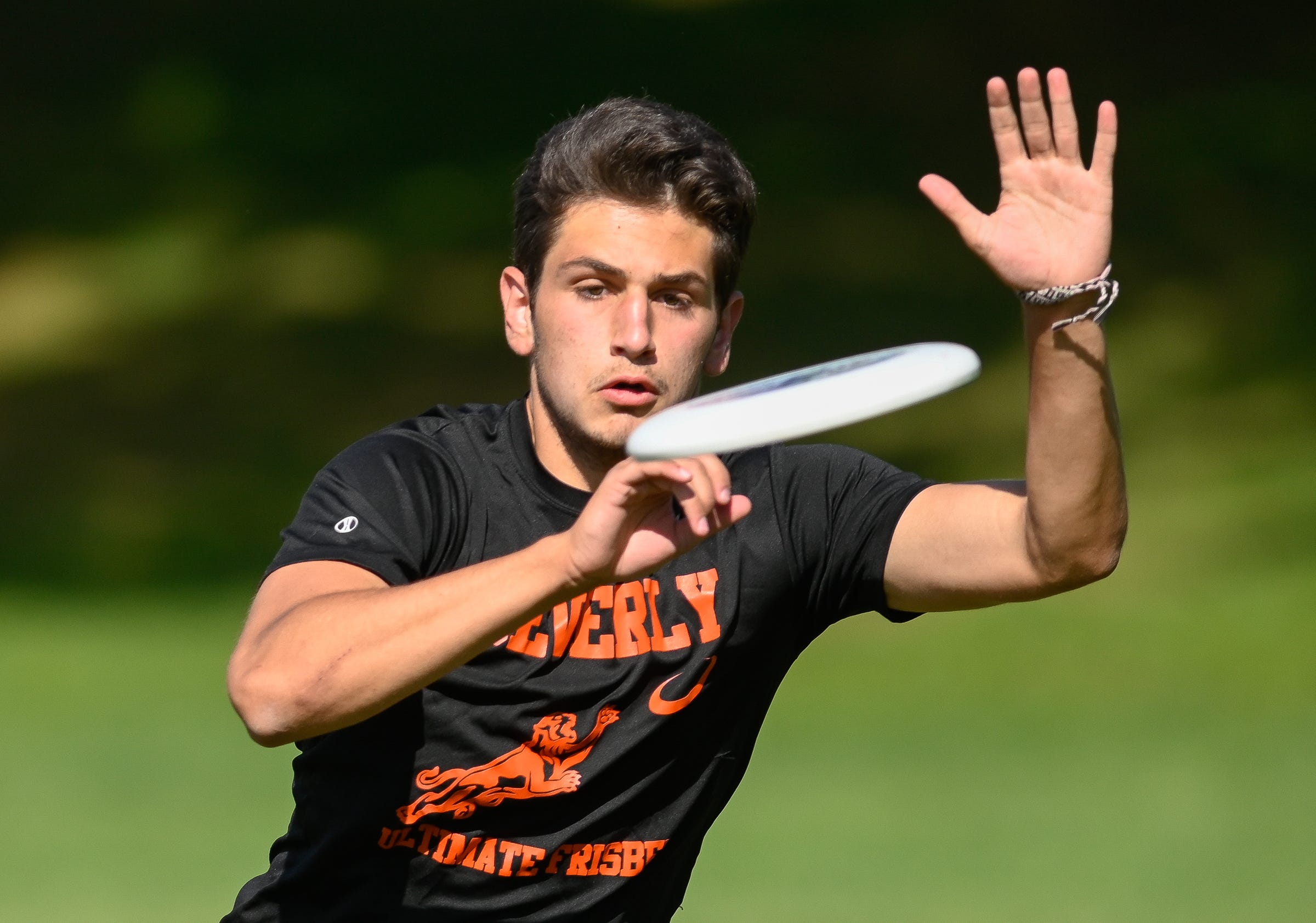






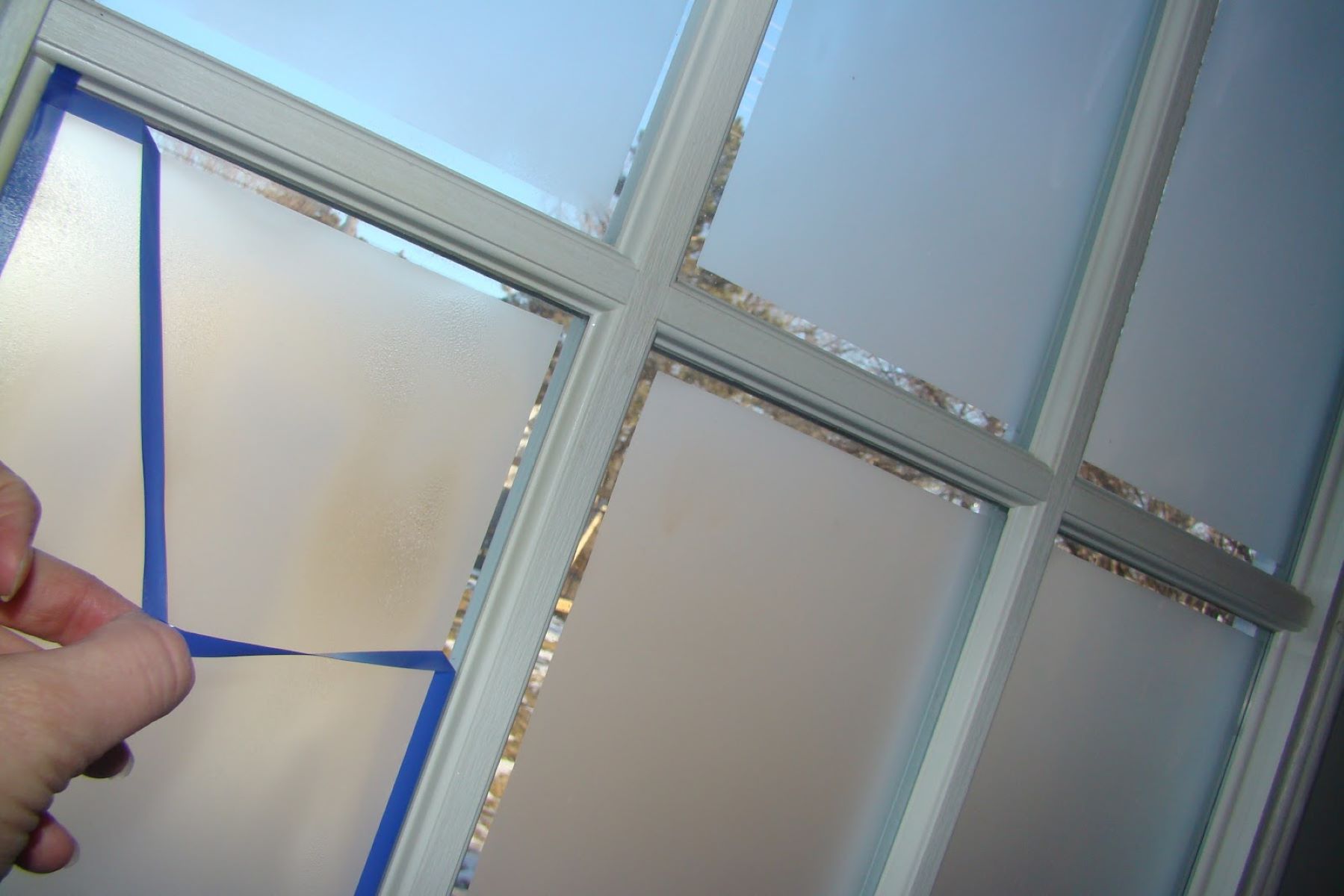
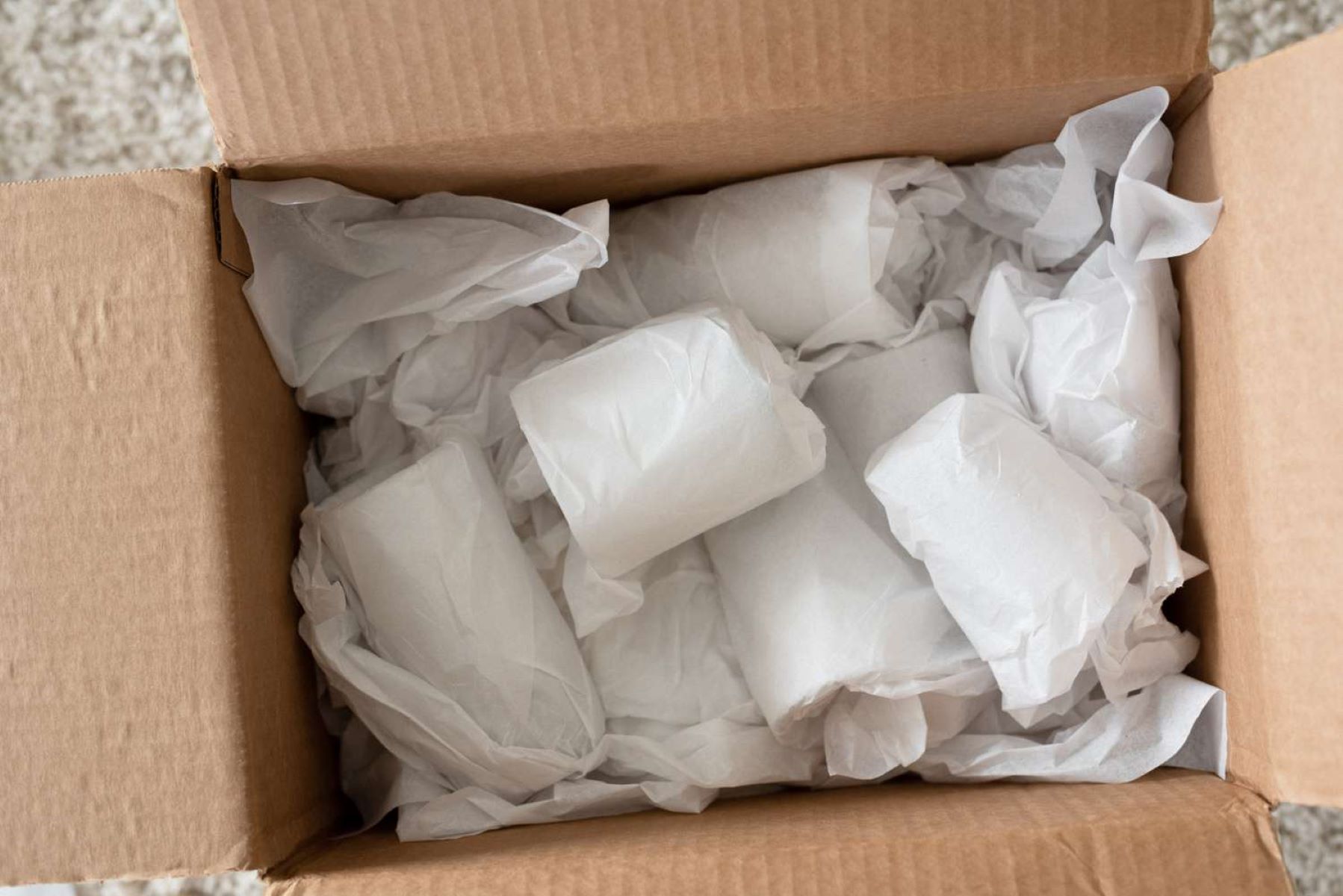

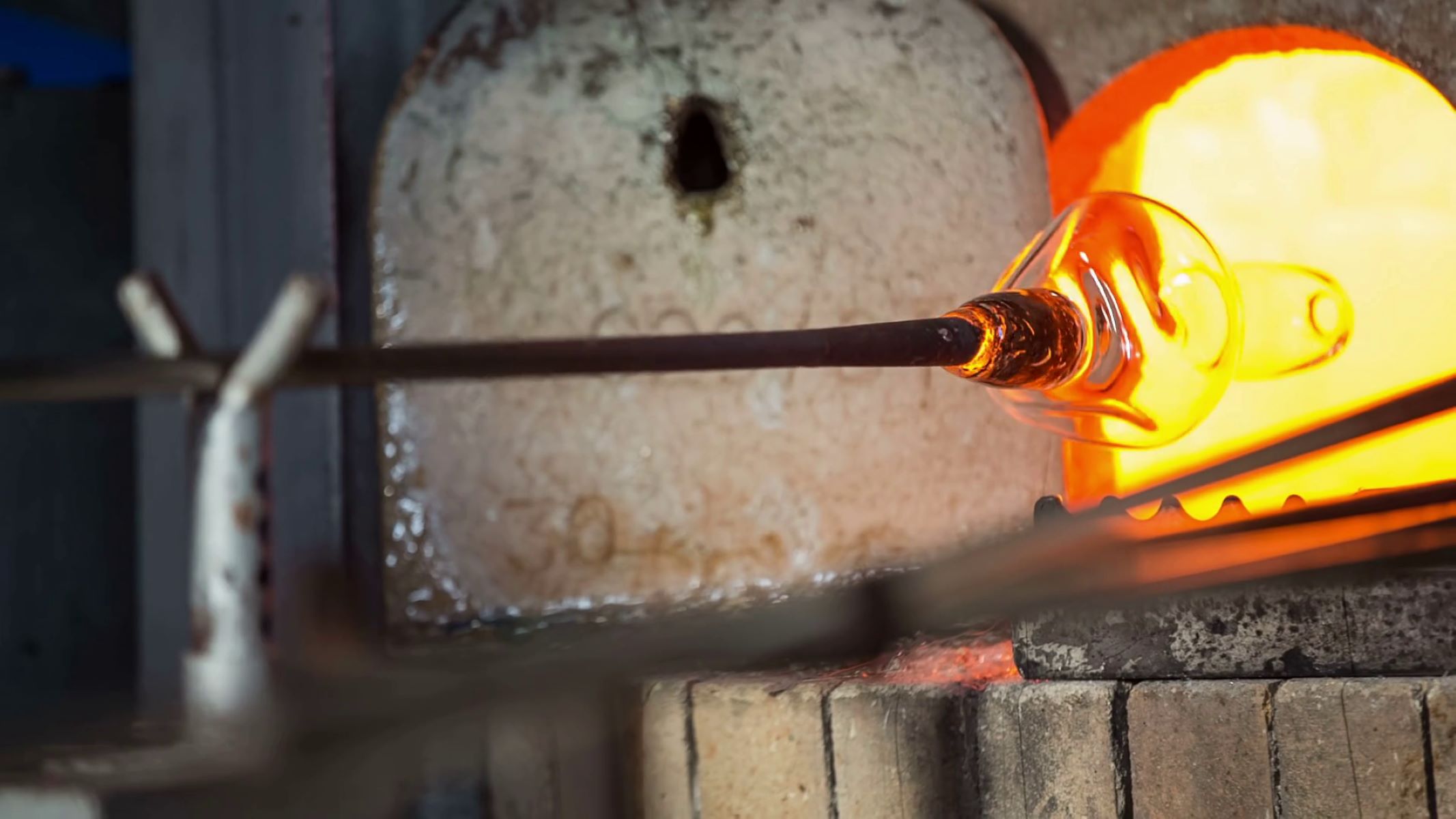

0 thoughts on “How To Score Glass”